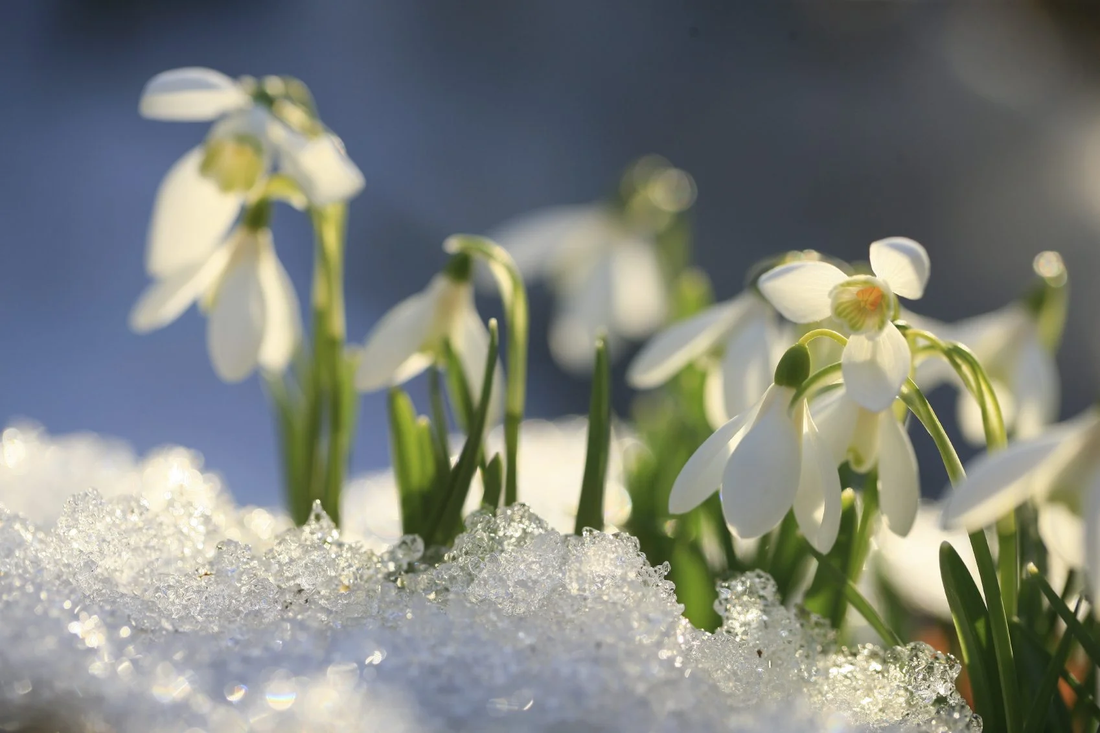Winter can be a challenging time for gardeners. As the days grow shorter, temperatures drop, and snow blankets the ground, many of our beloved outdoor plants face the risk of damage or even death. However, with proper care and some strategic planning, you can help your plants not just survive but thrive during the winter months. In this blog, we'll provide you with a comprehensive guide to overwintering your cherished plants.
1. Understand Your Plants' Needs
The first step to successful overwintering is to understand the specific requirements of the plants in your garden. Different species have different tolerances to cold, so it's crucial to know what your plants need to endure the winter. Some might be hardy and able to survive outside, while others will need to be brought indoors or into a greenhouse.
2. Assess Your Climate
Knowing your hardiness zone is essential for selecting the right plants for your garden and understanding their winter needs. Be aware of the average low temperatures and frost dates in your area. This information will help you determine which plants are best suited for your region and how to protect them during the cold season.
3. Select Suitable Winter Plants
If you're planning to add new plants to your garden, consider choosing winter-hardy varieties. These plants are better equipped to withstand cold temperatures and frost. Some popular options include evergreens, conifers, winter-blooming flowers, and ornamental grasses.
4. Pruning and Maintenance
Pruning your plants before winter can help remove dead or damaged branches and promote healthy growth come spring. However, be cautious with heavy pruning, as some plants may be more vulnerable to the cold without their protective foliage.
5. Mulching
A layer of mulch can work wonders in protecting plant roots from freezing temperatures and frost heave. Apply a thick layer of organic mulch around the base of your plants to insulate the soil and help regulate temperature.
6. Wrapping and Covering
For particularly sensitive plants, consider wrapping them with burlap or frost cloth. These protective coverings can help shield your plants from the harsh winter winds and extreme temperatures. Just be sure to allow for proper ventilation to prevent fungal issues.
7. Indoor Transplants
For plants that can't withstand the cold, consider bringing them indoors. Potted plants can be moved inside your home or a greenhouse to keep them safe and thriving until spring.
8. Watering and Hydration
Don't forget to water your plants appropriately during the winter. While they might need less water due to reduced growth, it's still essential to keep the soil consistently moist but not waterlogged. A well-hydrated plant is better equipped to handle freezing conditions.
9. Stay Vigilant
Throughout the winter, periodically check on your plants. Look for signs of stress or damage and make necessary adjustments to your care routine. Remove heavy snow loads from branches to prevent breakage, and protect vulnerable plants from extreme cold snaps.
With the right knowledge and care, your beloved plants can not only survive but thrive through the winter months. Overwintering requires some planning and effort, but the reward is a garden that bursts back to life in the spring, ready to delight you for another year.
